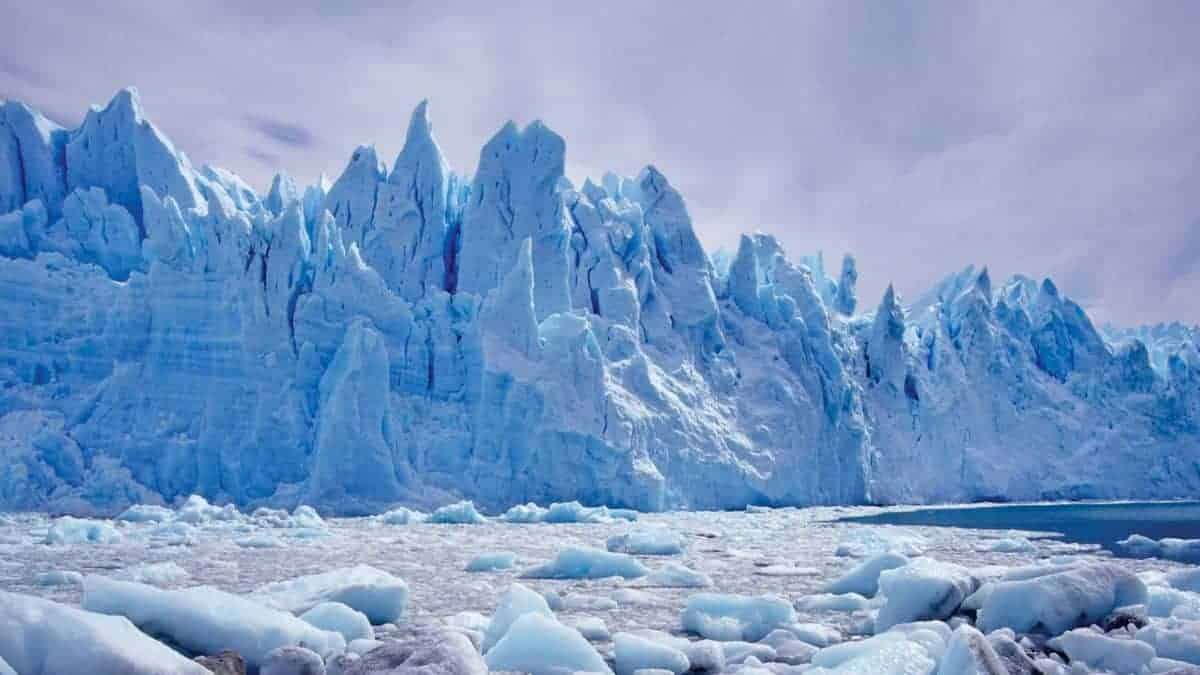The year 536 was the Worst’s eras to live in Europe

According to McCormick, a historian and archaeologist who serves as the director of the Harvard University Initiative for the Science of the Human Past, the year 536 marked the start of one of the worst eras in which to live.
For 18 months, Europe, the Middle East, and portions of Asia were completely in the dark due to a strange fog. According to Byzantine historian Procopius, “because the sun put forth its light without brilliance, like the moon, throughout the entire year.” The summer of 536 had a 1.5°C to 2.5°C drop in temperature, beginning the coldest decade in the previous 2300 years. That summer in China, snow fell, crops failed, and people were hungry. According to the Irish chronicles, “food failed from the years 536-539.” Later, in 541, the bubonic plague ravaged Egypt’s Roman port city of Pelusium. According to McCormick, what became known as the Plague of Justinian spread quickly, killing one-third to half of the population of the eastern Roman Empire and hastening its fall.
Although the origin of the enigmatic clouds has long been a mystery, historians have known for a long time that the middle of the sixth century was a gloomy period in what was formerly known as the Dark Ages. Now, a team led by McCormick and glaciologist Paul Mayewski at the Climate Change Institute of The University of Maine (UM) in Orono has identified the culprit through an incredibly exact examination of ice from a Swiss glacier. The scientists revealed during a workshop this week at Harvard that a catastrophic volcanic eruption in Iceland at the beginning of 536 sprayed ash over the Northern Hemisphere. The years 540 and 547 saw the eruption of two more supervolcanoes. The team explains in Antiquity this week that the repeated hits, followed by disease, caused Europe to enter an economic rut that lasted until 640 when another signal in the ice—a spike in the airborne lead—marked a rebirth of silver mining.
Researchers have been looking for an explanation since tree ring investigations in the 1990s revealed the summers around the year 540 were exceptionally chilly. Polar ice cores from Greenland and Antarctica provided a clue three years ago. Sulfur, bismuth, and other materials are spewed high into the sky by erupting volcanoes, where they combine to produce an aerosol veil that reflects sunlight into space, cooling the earth. A team led by Michael Sigl, who is currently at the University of Bern, discovered that virtually every extremely cold summer during the past 2500 years was preceded by contrasting the ice record of these chemical fingerprints with tree ring records of climate, a volcanic eruption can be detected. A large eruption stood out in late 535 or early 536, possibly in North America, and another one followed in 540. The twin blow, according to Sigl’s experts, was what caused the prolonged darkness and cold.


